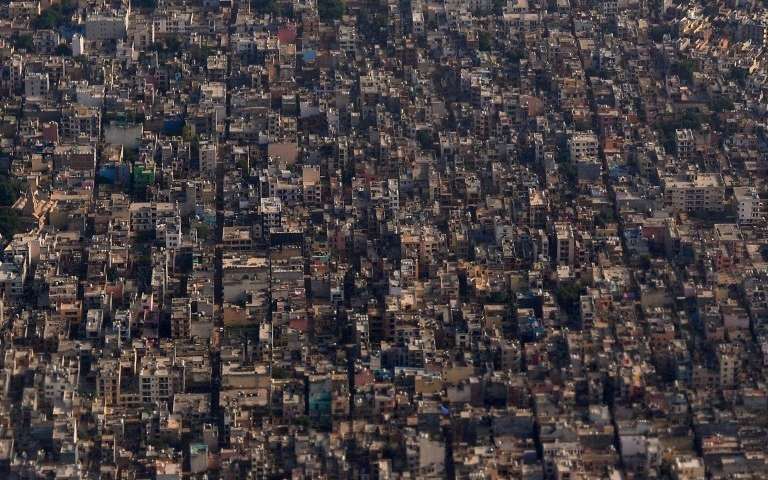Delhi to overtake Tokyo as world’s most populous city by 2028: UN report: Two-thirds of people in this globe is all set to live in cities by 2050, and the boom will be concentrated and determined in three countries – India, China, and Nigeria, as per the United Nations estimate released on the last Wednesday.
The world’s rural population will peak in the coming years then will be decline by 2050, as per the report coming from the urbanization by the Population Division of the UN Department of Economic and Social Affairs (UN DESA).
Tokyo with 37 million people is the world’s largest city but this is because that can be overtaken by Delhi around 2028, the report stated.
At the same time, India is all set to hopefully, going to surpass China as the nation with the world’s largest total population.
By 2050, India, China, and Nigeria will account for more than a third of the projected growth as per the world’s urban population, it stated.
The answer of urbanization advancing so radically because of the population growth and to migration can help cities design policies and practices that can be prepared for the influx, said John Wilmoth, director of the Population Division.
“When urban growth is rapid, insuring access to housing, water, sanitation, electricity, public transport, education and health care for all is especially challenging,” Wilmoth said at a UN news conference.
“Managing urban growth to insure that it is sustainable has become one of the most important development challenges of the current century,” he said.
As of today, 55 percent of the world population resided in the urban areas that are also increasing to 68 percent by 2050 the report said.
Overall, urbanization can be seen as positive, Wilmoth told.
“The increasing concentration of people in cities provides a way of more economically providing services,” he said. “We find that urban populations have better access to health care and education.”
The concentration of population is helpful for the minimize humans’ environmental collision and effect on the planet, he said.
“However, the challenge is that in many countries it’s taking place so rapidly … and large slum areas have developed that are not maybe achieving the goals of sustainable development the way that we would like.”
Among other findings, the report stated in 1990 there were just ten megacities with populations of 10 million or more.
As of 2018, there are 33 megacities and by 2030, 43 megacities are projected, mostly in developing countries.
UN DESA’s Population Division is has been issuing reports on urbanization since 1988.

Leave a Reply